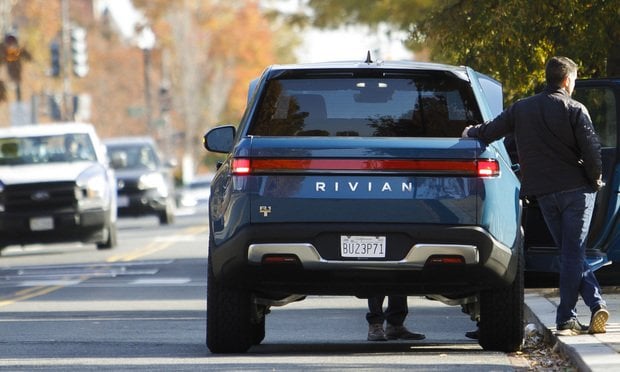The U.S. saw record-breaking electric vehicle sales during the first quarter of 2023, with more than 250,000 vehicles sold, accounting for 7.2% of new car sales. While sales of EVs were growing, their repairable claims frequency saw a small increase in both the U.S. and Canada, according to Mitchell, an Enlyte Company.
During Q1 2023, EVs repairable claims frequency in the U.S. reached 1.13%, while Canada’s grew to 2.41%, Mitchell reported.
“With more EVs on the road, there will naturally be more EV collision claims. That puts a strain on auto insurers, who must balance policyholder expectations with higher than average vehicle repair costs and cycle time,” Ryan Mandell, director of claims performance at Mitchell, said in a release. “It also puts a strain on collision repairers tasked with properly and safely restoring these automobiles to OEM standards.”
Tesla vehicles continue to make up the lion’s share of EV repair claims. This can be correlated to the carmaker being the dominant player in the U.S. EV market, accounting for 62.4% of the sector’s sales as of Q1 2023. However, Tesla’s share of repairable claims dropped slightly in the first quarter, dropping from 75.8% of all EVs repaired to 76%. Tesla models 3, Y and S combined to account for more than 70% of repairable claims.
Eating into Tesla’s share of claims was the Ford Mustang Mach-E, which accounted for 6.31% of repairable claims during Q1 2023, according to Mitchell. The Mustang Mach-E was the third best-selling EV in the U.S. in 2022, with Tesla models S and Y taking the second and first spots, respectively.
Mitchell noted that as other carmakers eat into Tesla’s market share, the company’s share of repairable vehicles will continue to decline.
More complex repairs, more costly claims
The complexity of EVs and their repairs continue to result in higher than average repair costs and longer cycle times, both of which insurers will need to deal with at an increasing rate, according to Mitchell. Compared with internal combustion engine (ICE) vehicles, EVs require 1.7 additional hours for collision damage appraisals. EVs also require more refinishing hours, with an average of 8.33 compared with 7.4 for traditional vehicles.
Since EVs are still new, few aftermarket suppliers offer replacement parts and repair shops must lean on OEMs for parts. OEM parts account for more than 90% of parts used during repairs.
While news outlets have reported low-mileage EVs are being written off as total losses following minor battery damage, Mitchell told PropertyCausalty360.com that it hasn’t observed a higher rate of total losses among EVs compared with ICE vehicles. In fact, the obverse is seen. Since EVs have significantly higher actual cash values than even newer luxury cars, insurers have a higher threshold to hit before the vehicle is written off as a total loss, according to Mitchell.
Read the full article here


